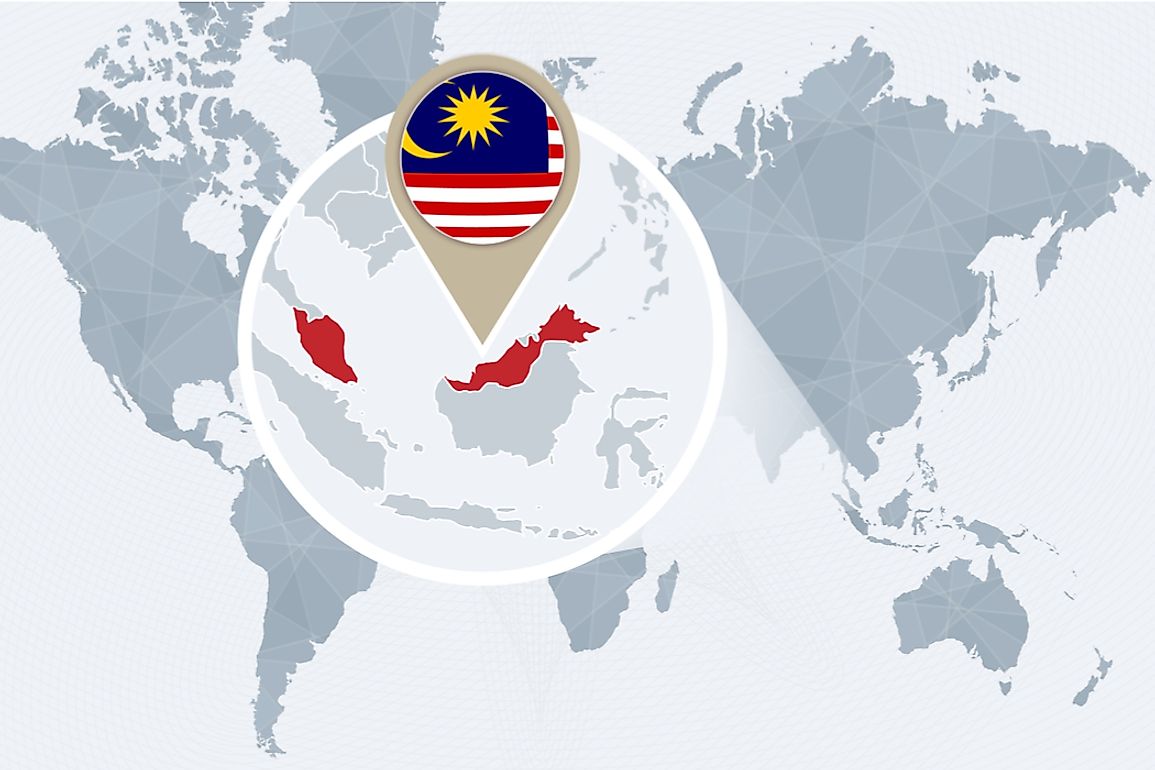What Continent is Malaysia In?

Malaysia is a federal constitutional monarchy situated in South East Asia. It is bordered by Thailand, Vietnam Singapore, and Indonesia. Sometimes referred to as on Asia’s tiger economies, as of a 2013 census it had a population of 29.7 million people. Malays make up 52% of the local demographic, but there are also Malaysians of Chinese origin (27%), Indians (9%), the aboriginal people (12%), and others including Thai communities and a Portuguese clan in Malacca.
Continent of Asia
Asia is the world’s largest and most populous continent. It is surrounded byte Artic Ocean to the North, by the Pacific Ocean to the East, and by the Indian Ocean to the South. A lot of humanity’s earliest civilizations were located in Asia, for example, the civilization in Mesopotamia, in the Indus Valley, and along the Yellow River. Asia is also the birthplace of Judaism, Islam, Christianity, Buddhism, and many of the world’s major religions. The largest economies in Asia are those of China, Japan, and India.
Geography of Malaysia
The capital city of Malaysia, Kuala Lumpur which is a UNESCO World Heritage City, is in the Western region of the country. The Eastern Side of the country which is predominantly Muslim, teems with jungles and lush animal and plant life. Aside from Kuala Lumpur, the important cities in the country are Georgetown, Ipoh, Johor Bahru, Kuantan, Kota Kinabalu, Kuching, Malacca, and Miri. While a vast majority of Malays are Muslim, there are pockets of Hindu worship around the country. This is because, before the arrival of Arab traders during Malacca Sultanate, the Srivijaya and Majapahit held a lot of influence in the region and were important for the spread of Hinduism.
History of Malaysia
The Malay Peninsula was colonized by the Portuguese who were intolerant of the local religions. However, the Dutch, with the assistance of the Sultan of Johor, threw them out. They were later joined in the region by the British. In 1824, the Anglo-Dutch treaty was signed. The result of this treaty was the division of the region into what are currently the countries of Malaysia and Indonesia. During the Second World War, the British, who were in control of Malaysia, were pushed out of their sphere of control by the Japanese army. Nevertheless, after the war, Britain regained control of the region and formed a colony called the Malayan Union. A part of the colony was splintered off on its own, a locality that later came to be known as Singapore. On August 31st, 1957, Britain granted Malay its independence and Tunku Abdul Rahman became president of the new country. Six years later, on 16th September 1963, this region merged with the British colonies of North Borneo, Sarawak, and Singapore to form a new country called Malaysia. On August 9th, 1965, because Singapore’s majority Chinese population was seen as a threat to Malay dominance, Malaysia was kicked out of the federation.
Governance of Malaysia
Malaysia has a king, who is mostly a nominal head of state, and a prime minister who has most of the power in government. Malaysia’s parliament is divided into a lower house and an upper house. The prime minister is the head of the party which wins the most seats in the lower house, while the kingship rotates between the rulers of the nine royal states. The current king is Tuanku Muhammad V from Kelantan whose term runs from December 13th, 2016 to December 13th, 2021, while the Prime Minister is Dato’ Sri Haji Mohammad Najib bin Tun Haji Abdul Razak.











